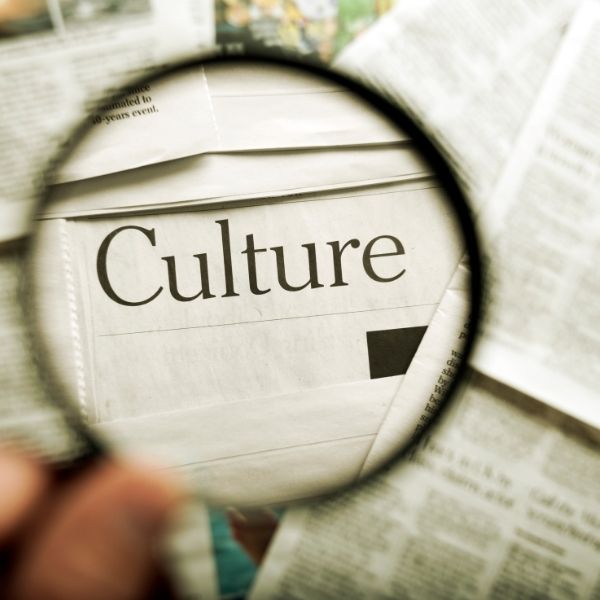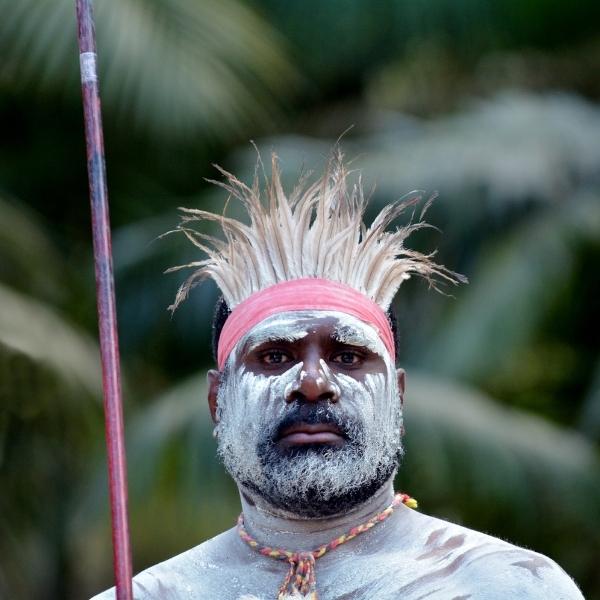Is a Hairstyle Cultural Appropriation, or are we Taking things too far? Thoughts on the “Balmain Vertibow.”
According to a story in the online magazine, In the Know, Stylist Sam McKnight has been called out for cultural appropriation for the way he described a particular hairstyle. McKnight did a Tik Tok post showing him, along with assistants, making a tied vertical bun, which he described as the “Balmain Vertibow” on Tik Tok and Instagram. The caption for one post said it was “inspired by Balmain of the 50s and 60s subverted into the next century.” But this is a hairstyle that was worn by the Navajo, Hopi, and Pueblo cultures. As such, McKnight was called out for cultural appropriation. People generally understand “cultural appropriation” as taking and using the elements another culture, typically a minority culture, when one is not a member of that cultural group. There are many aspects to cultural appropriation, including questions of power dynamics, but the term is being too frequently used in a way that may stifle cultural exchange.
I can understand why people might be offended by McKnight hairstyle story: luxury French fashion house creates a bun that appears to be Native inspired and claims to rename the bun in its own image. That sounds pretty questionable. But this is where I’m going to disagree about mainstream approaches to cultural appropriation. Is this actually appropriation that needs to be regulated and remedied, and what would that look like?
First was there a dignity offense here? If the creator was indeed inspired by indigenous culture, there may be a dignity offense because his description renders the indigenous groups invisible. But we should remember that every creative activity builds on what is already in existence, often pulling from a range of sources. To be sure, if the stylist was aware of the Navajo bun, he should not have name the style the “Balmain Vertibow” and presented it as some kind of original hairstyle rather than crediting the indigenous cultures that wore these hairstyles. No doubt that this would be a valid case for proper attribution.
Second, it is one thing to take a symbol or protected intangible cultural heritage that could possibly be protected by trademark or copyright laws and to use that in your marketing or branding. These intellectual property laws regulate ownership over creative and inventive works, striking a delicate balance between ownership and expression. The term “appropriation” implies ownership because you cannot take what is not owned. We can own creative works, symbols, and inventions, but we don’t typically own things like hairstyles that are fluid forms of personal expression. Should McKnight be prevented from making the bun? That seems pretty unreasonable. Control over who gets to make or wear a hairstyle is taking things too far – whether it is dreadlocks, braids, or a Navajo bun. If the stylist had used the hairstyle and said it was inspired by the Navajo bun, he might still have been called out for cultural appropriation, especially since the style was performed on blond models.
What is the better solution? My take: if the stylist was inspired to do a variation of the Navajo bun, then he should have been brave enough to give credit. Perhaps he was unaware of the Navajo bun. Maybe he feared claims of cultural appropriation or maybe he thought he was coming up with something that was a variation of something else he had seen. Either way, cultural ownership over hairstyles ventures into the dangerous territory of stifling cultural exchange. This can have the unfortunate effect of limiting diverse representations of culture in the marketplace.






